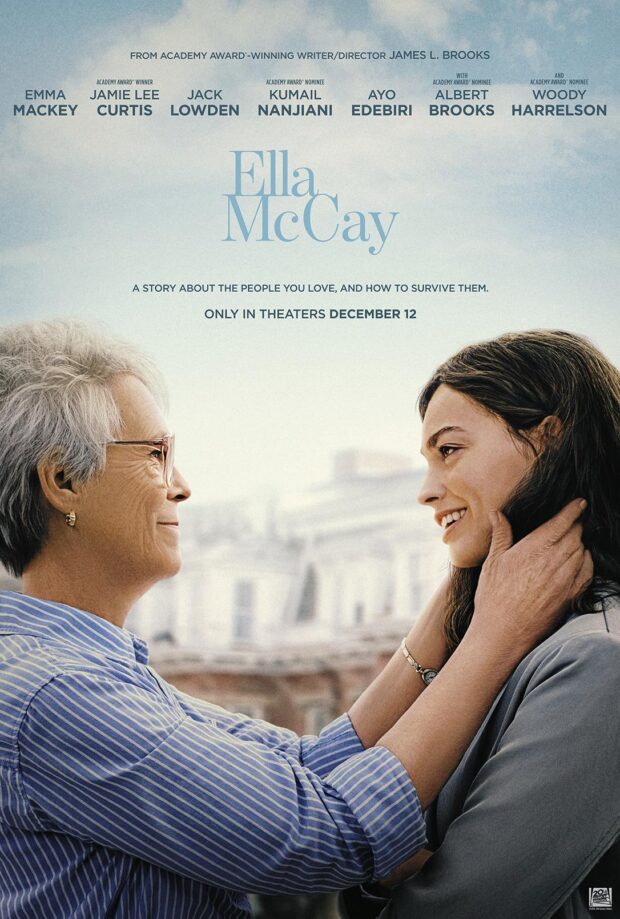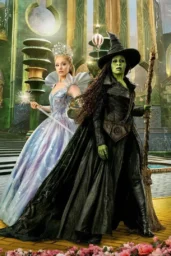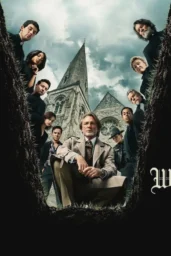The first poster for Ella McCay landed today. It's a simple affair. Stark white, a black sans-serif font, and a tagline that feels like it was lifted from a therapist's waiting room brochure: “A story about the people you love, and how to survive them.”
My first reaction? A tired sigh. We've been served this meal before. The quirky, dysfunctional family dramedy is a genre that's been wrung dry, milked for every last drop of bittersweet, indie-soundtracked pathos. It's a story Hollywood tells when it wants to appear thoughtful without having to do much actual thinking.
But then your eye drifts upward, and you see the name: James L. Brooks.
And that changes things. Or at least, it ought to.
This is the man who gave us Terms of Endearment and Broadcast News. The man who directed Jack Nicholson to an Oscar in As Good as It Gets by perfecting the art of the lovable monster. Brooks didn't just make films about dysfunctional people; he composed symphonies of their anxieties, their petty squabbles, their desperate, fumbling attempts at connection. His characters felt less written and more overheard. They were infuriating, hilarious, and achingly real. They didn't need to be “survived”; they needed to be understood.
Looking at this poster, there's not a hint of that chaos. It's clean, antiseptic, almost afraid to show a human face. It's a design choice that screams “prestige” in that hollow, modern way—all negative space and no personality. A far cry from the warm, illustrated posters of the '80s that promised you'd meet people you'd never forget. This one feels like it's hedging its bets.
Of course, a poster is just marketing. It's the film that will have to do the talking. The cast is certainly one to watch—Emma Mackey, Jamie Lee Curtis, Woody Harrelson. Actors who know their way around a script that requires balancing on the knife's edge between comedy and heartbreak. They have the chops for it. The question is whether the material has the soul.
Brooks' last feature, How Do You Know, was a misfire. A collection of talented people wandering through a narrative fog. It felt like an imitation of a James L. Brooks film, hitting the notes but missing the music. It makes you wonder. Has the cinematic landscape, now so obsessed with tidy resolutions and sanitized emotions, left his brand of messy humanism behind? Or worse, has he started believing the simplistic taglines himself?
We get to find out on December 12, 2025 when the film hits theaters. The timing, right before the holidays, feels both shrewd and a little cynical. A perfect slot for a story about family baggage.
I'll be there. Not for the poster or its bland promise. I'll be there for the name. I'll sit down in that theater holding onto the memory of what a James L. Brooks film used to feel like, hoping—perhaps foolishly—that the old maestro has one more symphony left in him. One that reminds us that loving people isn't a matter of survival. It's the whole damn point.













